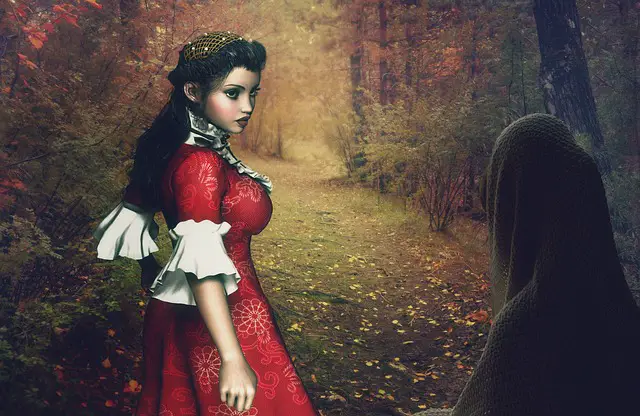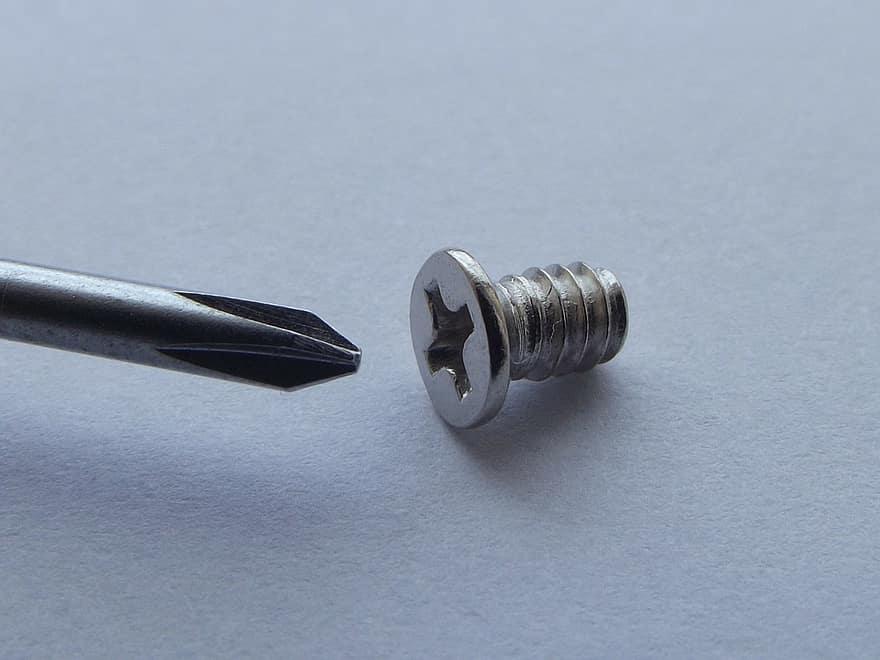You get undeniably more artistic freedom writing a play than you would a screenplay (contrast Posh with The Riot Club, and you’ll understand). Watching a play can incite numerous feelings: joy, bitterness, even indignation.
Nonetheless, composing a play accompanies its own difficulties. You’re restricted to the setting, and organizing a few things, (for example, enchantment stunts) can be troublesome. In any case, they’re certainly feasible.
A great deal should be possible with the current innovation and a decent creative mind, so keep a receptive outlook when composing yet make sure to be reasonable.
A significant part of the arranging will be up to the director and set fashioner. Incorporate any compulsory things that are required like an entryway that opens and closes, or a table, in the script.
In this post we will cover all the steps that you need to take to write a play.
8 steps to writing a play
1. Create an interesting plot

If you don’t have a plot, you don’t have a play. The plot drives your story, taking you, your crowd, and your characters from the start to the end. It doesn’t need to be direct however, the viewers must be able to comprehend it easily.
2. Add an appropriate subplot
In case you’re composing a more drawn out play, consider creating a subplot.
An excellent example of a subplot is in the Twelfth Night when Maria and co. stunt Malvolio. It’s a befuddling plotline, yet it offers an alternate sort of humor to the fundamental plot. Maria and co. deliberately hoodwink Malvolio, as they feel that he merits his just reward.
Viola, then, figures life would be simpler as a man and doesn’t purposefully embark to bring on any mischief. The two plots cooperate to engage, frighten, and captivate the interest of the crowd.

3. Decide on your structure
Stage plays are isolated into acts, and each demonstration is separated into scenes. Playwrights used the three part structure, however as of late authors have moved away from it.
You have restricted physical space when performing a stage play, so remember this while organizing your play. You can only have a small number of places to work with in a theatre piece unlike a novel, where you can have an unlimited number of areas.
In a play, the more areas you have, the more troublesome you make it to execute on stage. You can have an incredible story but if a director can’t visualize how to arrange what you’ve composed, they’ll be less motivated to work on it and bring it to fruition.
When you are selecting places chose those that people can easily picture when reading your material and are simple to put together. Keep your set structure and design simple so that people can easily grasp it and enjoy the show.
4. Decide how you want it to look

The way you set up your set can drastically change how the cast execute the play.
There are various unique kinds of theater stages, so pick one and make a set around it. If you find it difficult to imagine your set, sketch it out on paper. This will assist you to envision your set and give you a sort of blue print to refer to.
Make your stage design simple to understand and communicate it to your stage designers so that they have a clear idea of how the play should look.
When you are developing your stage design focus on incorporating only vital components and avoid adding elements that will cause unnecessary complexity. This will make your play easy to follow when people read the script and create a smooth enjoyable experience.
Your viewer will also be able to concentrate on what’s happening in the play and not distracted by the stage environment/seup.
You likewise need the crowd to utilize their creative mind to picture what the characters see. An eye-getting yet not diverting setting can work superior to heaps of props on the stage, and is less expensive to create, as well.
In case you’re setting your play outside a coffeehouse and the entertainers don’t go inside it, consider utilizing a scenery of a column of shops as opposed to making the entire road/shop front.
This will be a lot less expensive to create, and thusly make your play more alluring to the individuals who can rejuvenate it.
5. Lay it out correctly

Ensure your play is spread out accurately. There are elective methods of spreading a play out retribution on in case you’re British or American, or whether you’re an essayist or an entertainer.
For an author inside the UK, this is frequently the one you should utilize. Additionally guarantee you don’t confound a screenplay design with a phase play one.
6. Know your audience
Your crowd is significant for a play since you should have the option to showcase it.
Consider the age, sexual orientation, segment, class, foundation, training, and whatever else (regardless of how unimportant it might appear), when envisioning who you’re composing for.
Think of your ideal crowd part, and tailor your content to them. The smaller your fanciful crowd is, the simpler it will be to compose your content.
7. Create interesting characters

Like some other bit of composing, every one of your characters ought to be remarkable and simple for the crowd to recognize. They additionally shouldn’t walk generalizations.
A significant number of your crowd won’t have the option to see your character, so it’s especially significant that they hang out in the manner that they talk on the grounds that there will be less viewable prompts, particularly for those high up or potentially with helpless visual perception.
The manner in which your characters talk can tell your crowd an assortment of things including their class and instructive level, and it’s along these lines imperative to get this right.
8. Make your characters’ gestures grand

Utilize outward appearances sparingly when composing a play.
Saying that your character ‘raises an eyebrow’ is fine for a novel or screenplay, yet this is a play: even the crowd in the first column will battle to see a cocked eyebrow.
Compose your stage bearings with the goal that they can be seen even from the divine beings. Use non-verbal communication over outward appearances to show how your character is feeling: your crowd will peruse it better than outward appearances at any rate.
The way that you expression your characters’ sentences should show the peruser of your stage play precisely what your character is thinking/feeling.
The entertainer will at that point have the option to handily make an interpretation of this on to the stage, utilizing the tone of their voice to stress the discourse.
THE STANDARD STAGE PLAY FORMAT

What follows is a manual for “proficient” stage play content arranging. These pages are a clarification of the standard stage play design. See the Example Pages for visual instances of the configuration.
There are four reasons why dramatists utilize this arrangement:
1) In this organization, it is simple for a maker/content peruser to appraise how long the running season of the content will be. The acknowledged arrangement spreads out the content at about one moment for every page.
2) This standard organization is advanced to make all the different components of the content simple to peruse and grasp (character names, exchange, stage headings, page numbering, and so on.).
3) This promptly tells a maker/content peruser that the dramatist knows something about submitting plays. “How great could the play be if the dramatist doesn’t have the foggiest idea about the essentials of arranging?” they will inquire. Uncalled for, yes… however, the manner in which your content looks is the early introduction you make.
4) Use 8.5″ x 11″ white paper composed or imprinted on one side in particular, utilizing dark ink. Standard copier paper is adequate. Textual style: Courier 12 point. No special cases. (You’ll rapidly find that standard play designing is adamantly established in the times of the typewriter.)
ELEMENTS OF DRAMA

Plot
- Plot, alluding to the fundamental storyline of the play, is the structure of a play which determines what occurs supposedly.
- The plot structure can be isolated into six phases: article, affecting episode, rising activity, peak, falling activity, and end result.
- The work is essentially an early-on part that gives the foundation data expected to appropriately comprehend the story.
- The actuating episode, or struggle, is the occasion that sets the activity of the play moving. It is the thing that gets the story moving.
- The rising activity is a progression of occasions, including entanglements and revelations, which follow the prompting episode and make the emotional peak of a plot.
- The peak is the defining moment, or the top, of a plot which holds a most extreme passionate power of the play.
- The falling activity is a progression of occasions following the peak that prompts the arrangement of the contentions.
- The outcome fills in as the finish of the plot wherein the contentions are disentangled. It is the consummation scene of the dramatization.
Character

Characters are the individuals, or once in a while creatures, oppressed in the show, and are depicted by the entertainers and entertainers in the play.
They are one of the fundamental segments that push the activity of the play ahead. Characters can be arranged into three kinds as indicated by the roles they play.
The principle character of the play is known as the hero. The opponent is the character who restricts the hero. Different characters that are neither the hero nor the enemy are known as the auxiliary characters.
They may have a significant part or a minor contribution in the show.
Setting

- The setting is the spot, along with different conditions, for example, time and nature, engaged with which the occasions happen.
- It can be introduced through the visual component that manages the scenes, outfits, and enhancements utilized in it.
- Improve your play’s setting by utilizing visible components, audio cues, and music.
Theme and Genre
The topic alludes to the message that is expected to be communicated through the story. In other words, it is the principle thought or the exercise to be gained from the play.
Genre is the type of play. The examples of genre in which the play can be classified include tragedy, comedy, romantic, mystery, and historical play.
Audience

An audience is a gathering of individuals who watch the play.
They are one of the most significant components of dramatization you need to consider since they ultimately decide if the play is fruitful or not.
Likewise, numerous dramatists compose the plot of the show with an extraordinary concern with respect to their gatherings of a crowd as opposed to their own advantages.
CONCLUSION
To compose a stage play, you must have the option to imagine how your play will show up in front of an audience to crowd individuals everywhere on over the theater.
When you get into that outlook, it gets simpler.
In case you’re battling, watch an assortment of plays at various auditoriums to perceive how things are finished. Each theater, essayist, and chief handle circumstances and stories in an unexpected way.
Leave a comment with your opinion or any questions you may have below…


